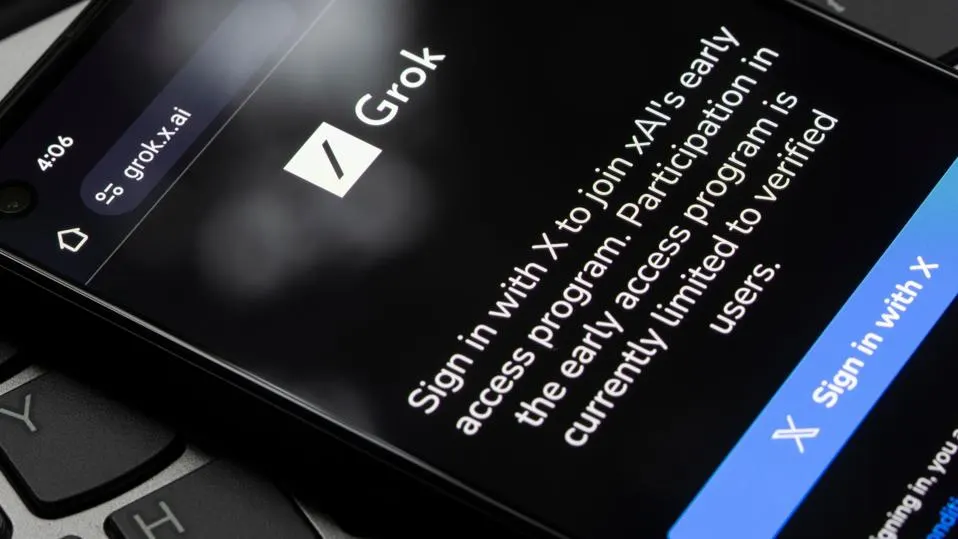Measuring People Performance With The Nine-Box Grid Method – Pros and Cons Everyone Should Know
2 July 2021
Managing performance and talent evaluations can quickly get off track for many organisations. They often use different criteria across the organisation or are too busy with daily operations to plan for succession. That’s why the easy-to-use and free nine-box grid has become a popular talent management tool. But what are pros and cons of the nine-box grid and is it right for your organisation? To help you decide, here’s more detail about what the nine-box grid is and the pros and cons of the process.

What is the nine-box grid?
The nine-box grid is one of the most commonly used talent assessment tools. It plots an employee’s overall performance on the X-axis and the potential of an employee on the Y-axis. It is deployed by human resources and company management to assess talent and to plan succession strategies. The goal is to identify employees who are worthy of the company’s investment and might be a good fit for future leadership positions within the company. In some cases, based on where an employee is placed within the grid, salary, bonus and promotion decisions are being made.
Typically, a leadership team will meet and rate each employee as a low, medium or high performer as well as rate their potential as low, medium or high. This evaluation puts the employee in one of the nine boxes in the grid—high-performer/high potential to low-performer/low potential. Some companies modify this concept and use a four-box grid, while others use a larger grid. Oftentimes, this assessment is not shared with the employee and once rated it can be difficult for an employee to change positions over time.
What are the pros of the nine-box grid?
The nine-box grid is easy to use. When used properly, the nine-box grid promotes conversation and communication among the management and HR teams about how to judge employee performance and track potential.
The nine-box method provides a framework to assess each employee in a similar way and it can be effective if it’s used correctly. This method helps identify potential future leaders in your organisation so that you are being strategic with succession planning. Alternately, it can help focus attention on low performers who might not be in the right role or need additional training or mentorship to perform at the expected level.
Since the process of segmenting your talent into boxes with the nine-box grid process is a group exercise, it inherently provides the platform for different perspectives to be shared regarding the performance and potential of an employee rather than rely on one manager’s opinion. It can also identify patterns that might signal areas for developmental focus across the organisation.
When an organisation takes the time to actually plan for the future and gives the process of working through the nine-box grid plenty of attention, they set themselves up for success.
What are the cons of the nine-box grid?
One of the biggest critiques of the nine-box grid as an employee assessment tool is that the measurement of an employee’s potential is subjective and not easy to define. One study by New Talent Management Network found that the average reported accuracy of identifying high-potential individuals was only 52 percent. Management consultant Peter Drucker said we should only try to measure performance not potential.
Since there has been very little analysis of the nine-box grid’s effectiveness, while it might be free, easy to use and widely adopted, organisations might be using a flawed tool to identify leaders, plan succession and make decisions regarding allocation of resources for retention and development.
Just because someone is a high-performer with their job duties, doesn’t automatically mean they have the management acumen to take on a future leadership role. That individual may also not have any interest in taking that career path.
Another concern people bring up with the nine-box grid process is that in many organisations it is not used correctly so someone’s opinion becomes fact. Once an employee is labelled as someone with low potential, it can be hard for them to shake it off even if their performance skyrockets. This can lead to missed promotion opportunities and disengaged employees.
Some companies also restrict the number of employees for each box. This can mean employees are mislabelled in order to fit the predetermined quota for each box. If employees aren’t fairly assessed, they won’t get the opportunities they deserve or the mentorship they need.
As with any tool, what’s most important is what you do with the results the tool provides. The nine-box grid shouldn’t be a box-ticking exercise, but should be used in combination with a more thorough talent development and mentoring initiative.
Related Articles
20 Generative AI Tools For Creating Synthetic Data
The AI revolution that we’re currently living through is a direct result of the explosion in the amount of data that’s available to be mined and analyzed for insights.[...]
How To Tell Reality From Fiction Amid The AI-Driven Truth Crisis
The artificial intelligence narrative swings between utopian dreams and dystopian nightmares, often overshadowing the nuanced reality of its current capabilities and limitations.[...]
7 Ways To Turn The ‘Bring Your Own AI’ Threat Into An Opportunity
As AI tools become increasingly accessible, companies face a new trend: BYOAI, or bring your own AI.[...]
AI Gone Wild: How Grok-2 Is Pushing The Boundaries Of Ethics And Innovation
As AI continues to evolve at breakneck speed, Elon Musk's latest creation, Grok-2, is making waves in the tech world.[...]
Apple’s New AI Revolution: Why ‘Apple Intelligence’ Could Change Everything
Apple's announcement of 'Apple Intelligence' marks a seismic shift in how we interact with our devices.[...]
Why AI Models Are Collapsing And What It Means For The Future Of Technology
Artificial intelligence has revolutionized everything from customer service to content creation, giving us tools like ChatGPT and Google Gemini, which can generate human-like text or images with remarkable accuracy.[...]
Sign up to Stay in Touch!
Bernard Marr is a world-renowned futurist, influencer and thought leader in the fields of business and technology, with a passion for using technology for the good of humanity.
He is a best-selling author of over 20 books, writes a regular column for Forbes and advises and coaches many of the world’s best-known organisations.
He has a combined following of 4 million people across his social media channels and newsletters and was ranked by LinkedIn as one of the top 5 business influencers in the world.
Bernard’s latest book is ‘Generative AI in Practice’.










Social Media